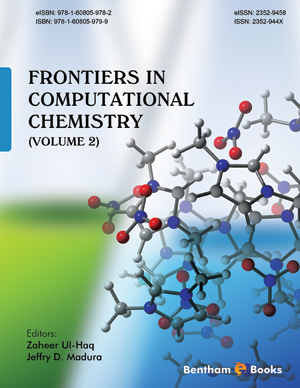Abstract
Nitrogen mustards are the most extensively used chemotherapeutic agent since their evolution in the mid-1940s. The high degree of cytotoxicity of these drugs is attributed to their ability to form DNA interstrand cross-linked adducts, thereby inhibiting DNA replication. Interstrand cross-linking occurs via formation of an unstable intermediate, the aziridinium ion and formation of mono-adducts. Mustine, the first member of this family, suffers from some serious drawbacks such as high rate of hydrolysis. Therefore its stable analogs have been sought; and since its discovery hundreds of analogs have been synthesized.
This article presents a brief introduction to nitrogen mustards and deliberates on the works already devoted to establishing the mechanism of action of this class of drug. A brief discussion on DFT and DFRT is also furnished in section 1.2. Further, computational studies performed on nitrogen mustards are discussed in section 1.3 and 1.4. Section 1.4 of the article consists of research works from our group and has special reference to DFT and DFRT.
Keywords: Anticancer drug, aziridinium ion, bis-alkylating agent, cancer chemotherapy, chemical hardness, chemical potential, chlorambucil, computational chemistry, density functional theory (DFT), density functional reactivity theory (DFRT), DNA alkylation, external electric field, maximum hardness principle, minimum electrophilicity principle, melphalan, Mustine, nitrogen mustards, reactivity descriptors, steroid-linked nitrogen mustard, structural variation.






















